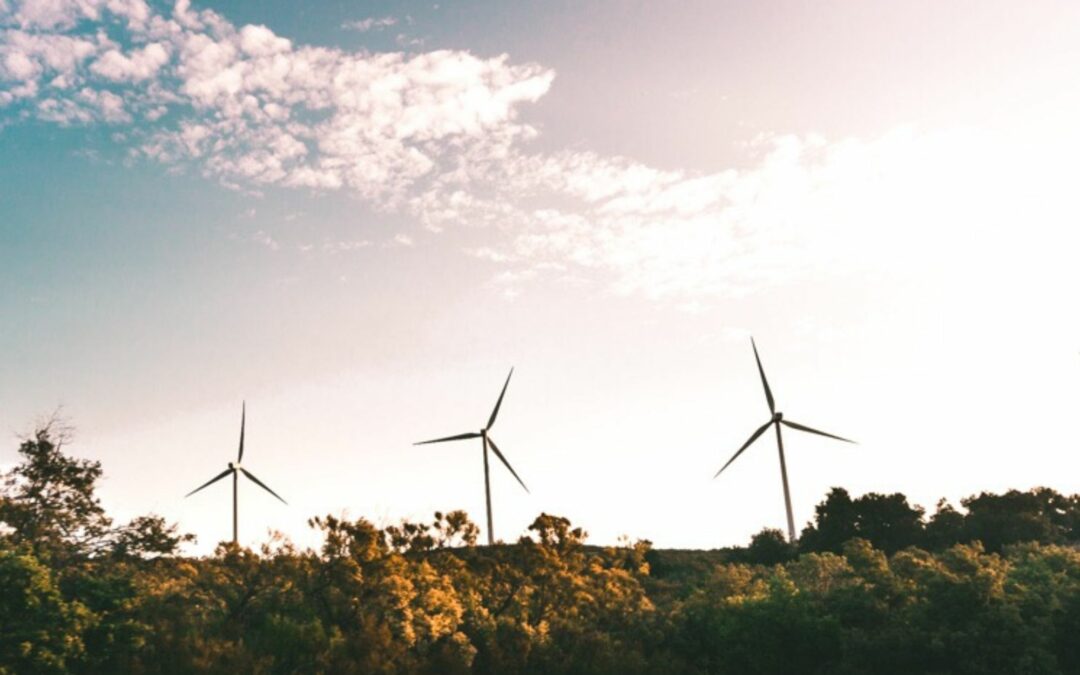The third workshop, titled “Crisis to Protection: Addressing Environmental Problems in Ukraine and Influence for Germany,” had its focus, on the environmental consequences of the war in Ukraine, with the goal of highlighting the fact that the so far underestimated consequences reach beyond the country’s borders.
In recent decades, global awareness has grown regarding the profound impact of human activities on the environment and the urgent need to protect it. However, the conflict in Ukraine presented a unique challenge, highlighting the importance of addressing environmental issues in the midst of a crisis. One crucial aspect of the workshop was the recognition that we are all part of a single interconnected ecosystem. Any changes or threats to this ecosystem, whether caused by war or other factors, have far-reaching consequences that extend beyond Ukraine’s borders. Therefore, it became essential to delve into the intricate and multifaceted environmental consequences of the war. To shed light on this complex issue, the workshop featured three experts from Ukraine:
Inna Tymchenko – An ecologist and ecological expert at the National Ecological Center of Ukraine and associate professor at Luhansk Taras Shevchenko National University.
Yevhen Bovsunovskyi – An ecologist and associate professor at the National Aviation University, as well as the project manager at the National Ecological Center of Ukraine.
Diana Krysinska – An ecologist and associate professor at the Petro Mohyla Black Sea National University in Mykolaiv, Ukraine.
The SPARCS Project and Sustainable Energy
The first project highlighted during the workshop was the SPARCS (Sustainable Energy Positive and Zero Carbon Communities) project, which aimed to create zero-carbon energy-positive districts. The primary objective of the project was to establish areas capable of producing all their energy needs using sustainable, alternative sources.Of course, sustainability has become an important question in energy supply long before the war in Ukraine. However, here it plays an especially important role, as sustainable solutions can contribute to energy independence – which makes it not just an environmentally friendly solution in a peaceful future, but also a crucial measure during the war. One example for how this became a pressing issue in Ukraine is the fact that during the full-scale invasion, a large number of solar panel fields in the south of Ukraine were destroyed, so it is essential to start a rebuilding program after the occupation in order to secure a sustainable energy independence. Such sources not only ensure a reliable energy supply during times of instability but also contribute to reducing the environmental impact of energy production. The SPARCS project’s focus was the city of Lviv, Ukraine, a city with limited sunshine, receiving approximately 1200kw per hour of sunlight. Given this constraint, extensive installation of solar panels was essential to achieve sustainability. To identify suitable locations for solar panels, the project employed advanced digital modelling techniques. Initially, traditional methods of measuring rooftops were challenging due to the conflict’s dangers. Therefore, the team turned to innovative alternatives, such as Google Street View, to assess various parameters of buildings accurately. Combining this data with specialised software, they generated 3D models that guided the installation of solar panels on selected rooftops and that can be considered a first step towards energy independence even during the war.
Water and Its Role Amidst War
Diana Krysinska’s presentation was centred on the role of water in the ongoing war in Ukraine. But why water, out of all topics? First of all, she emphasised that it matters profoundly due to its ubiquitous presence in our lives: With our bodies comprised of approximately 70% water, it serves essential functions. Water, however, is unevenly distributed across the planet, with only a fraction available as freshwater – less than one per cent of the total. Fresh water resources constitute a mere four per cent of the world’s total water supply, making them especially precious. It is therefore logical that Diana Krysinska highlighted the relevance of water in the context of armed conflicts. During times of war, regional conflicts are exacerbated, and water can be used as a weapon, through blackmail and military strikes targeted at water facilities Drawing from personal experiences in her hometown of Mykolaiv, the city in southern Ukraine that deeply suffered from the water shortage, expecially after the destruction of the Kakhovka Dam, she shared the harrowing impact of the full-scale invasion. In the early days of the war, airstrikes on infrastructure disrupted the city’s drinking water supply, forcing residents to seek water from nearby rivers. The first assistance came from bordering regions, which supplied bottled water. Additionally, international aid led to the establishment of water treatment points in the city. But it is not just the city, rural areas surrounding Mykolaiv faced the similar challenges. Since villages often lacked modern water filtering methods, residents were compelled to collect rainwater. Unfortunately, this type of water frequently exceeded safe levels for microbiological factors drastically, resulting in a range of health issues among the locals; these range from the gastrointestinal tract to skin and respiratory problems The conflict’s consequences on the city’s water infrastructure were also dire: At the moment, the water pipeline system mainly has technical water with a rather high salt content. The high salt content accelerated the corrosion of the pipes, which means that the replacement of the entire water network is a crucial necessity. This, unfortunately, means that the city will continue to grapple with water issues for an extended period. The demolition of the Kahovka dam due to a Russian airstrike is yet another example of how water is influencing the environment during the war. The full consequences of the dam destruction are still underestimated. However, it already becomes evident that the effects go far beyond the immediate suffering of the local population. Oil products and nutrients were released into sea, which already led to a mussel colony near Odessa to perish. Most of the damage will, however, be most obvious in retrospect.
City OBS: Documenting and Observing the Environmental Impact of the War
Last but not least we had Inna Tymchenko’s presentation about City OBS, encouraging our workshop attendees to become “observers” of the environment. Tymchenko emphasised that what happens in the Ukrainian ecosystem also influences the ecology of the rest of Europe, given our interconnectedness. Inna introduced the concept of citizen observatories – educational and scientific spaces equipped with sensors to measure environmental parameters. These observatories offer a platform for people of all ages, from young children to the elderly, to independently investigate environmental changes and acquire new skills and knowledge. As it is most interesting when it’s engaging, she encouraged us to take on the role of observers ourselves, picking several categories and seeing what we would discover.
Two specific categories of observation were highlighted: First off was „Natural Wonders of Ukraine in Danger”focusing on the Kinburn Peninsula, a region comprising diverse ecosystems like forests, wetlands, and sea. Sadly, the territory was engulfed in wildfires, threatening the habitat of numerous endangered species. The peninsula had also been mined by Russian soldiers, leading to the deaths of many wild horses. The second category chosen by the participants was „Fires and Explosions“. This category showcased the devastating impact of wildfires caused by occupiers in various parts of Ukrainian land. Despite these destructive events, nature demonstrated its resilience, with some areas showing signs of recovery.
To sum it up, the workshop served as a platform for experts to shed light on the complex environmental challenges arising from the conflict in Ukraine. The insights shared by Inna Tymchenko, Yevhen Bovsunovskyi, and Diana Krysinska illustrated the urgent need for sustainable solutions amidst adversity. The event showcased the remarkable resilience of both the environment and the people who continue to observe and work towards a sustainable, future-oriented direction, even in the face of destruction. We would like to thank our three experts for having taken the time to provide us and our workshops attendees with their invaluable perspectives and knowledge on this multifaceted and important topic. Despite the destruction brought by the invasion, the presentations not only showcased that, but also left us cautiously optimistic about the possibilities for a better future post-war. The presenters demonstrated how, despite the obvious hardships, people already look into the future, trying to build something sustainable and durable for themselves and future generations. Ukrainian Vibes is a project aimed to bring Ukrainian and EU citizens closer together, and share perspectives on European values and the potential for sustainable development in Ukraine. This year we plan to focus on bringing attention to the relevant and not obvious consequences of war and what every single one of us can do to protect Ukraine now and the world in future. The project is supported by the European Public Sphere and the AS volunteer program, funded by the German Federal Ministry of Economic Cooperation and Development.


